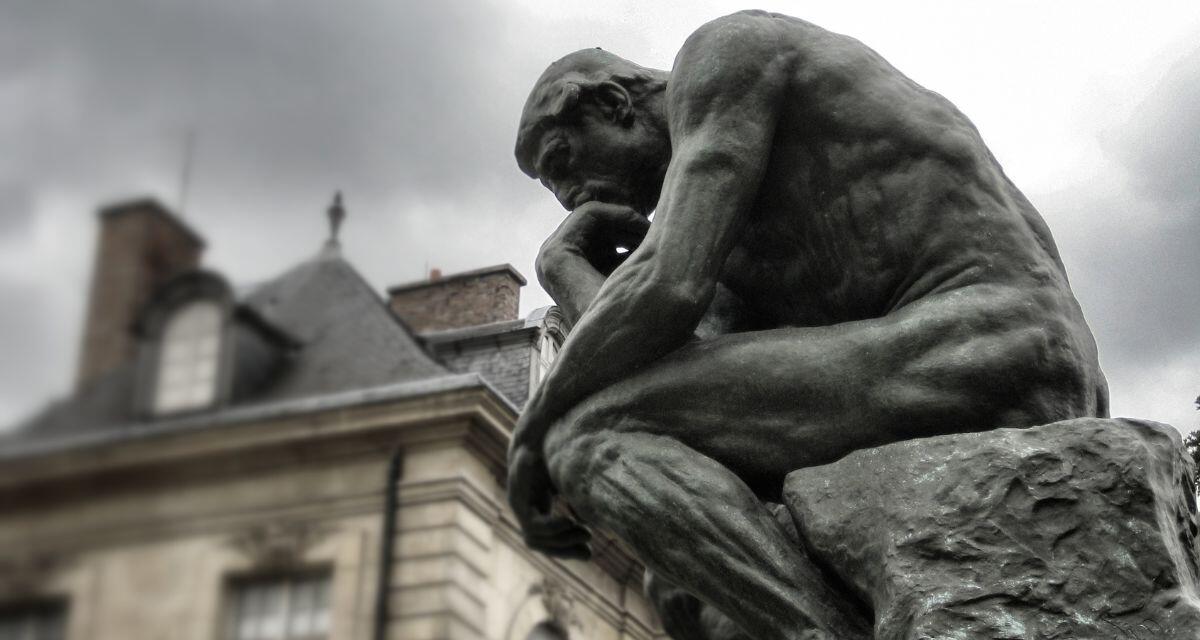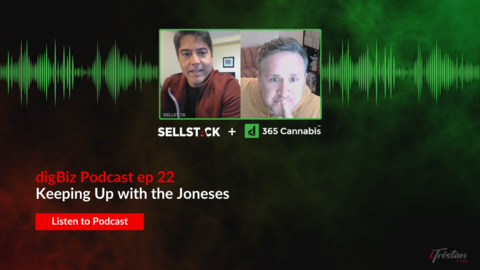Part of a series on Business Problem Solving
Creative problem solving requires a combination of analytical and creative thinking skills, sometimes referred to as First Principles.
The analytical aspect of complex business problem solving involves breaking down the problem into smaller parts, identifying patterns and trends, and analyzing data to gain insights. The creative aspect involves generating ideas, exploring new perspectives, and, where applicable, taking calculated risks to develop unconventional solutions.
One of the key benefits of creative problem solving is that it enables individuals and teams to identify new opportunities for growth and development as well as solving fundamental challenges. By approaching problems from new angles, individuals and teams can uncover hidden insights and develop innovative solutions that may not have been possible through traditional problem-solving methods.
Creative problem solving can be applied to a wide range of contexts, including personal, professional, and organizational settings. It can help individuals and organizations become more agile, adaptable, and innovative, which are critical skills in today's fast-paced and constantly changing world.
Why, What, and How first principles are essential to the process of creative problem solving. These principles provide a framework for individuals and teams to approach complex problems in a systematic and effective manner.
The Why principle involves understanding the problem at hand. By taking the time to define the problem, analyze its root cause, identify its impact on stakeholders, and determine the urgency of the problem, individuals can gain a holistic understanding of the issue they are trying to solve. This enables them to identify the underlying issues and develop targeted solutions that address the problem at its core.
The What principle involves generating ideas and potential solutions. Brainstorming potential solutions, evaluating the pros and cons of each solution, and selecting the best solution ensures that individuals consider a wide range of possibilities. By considering multiple perspectives and exploring different solutions, individuals can find innovative and creative solutions that may not have been apparent initially.
The How principle involves implementing the chosen solution. Planning the implementation process, assigning roles and responsibilities, establishing a timeline, and monitoring progress is critical to ensuring that the solution is successfully implemented. By carefully planning and executing the solution, individuals can avoid potential roadblocks and ensure that the solution is sustainable and effective in the long-term.
Overall, the Why, What, and How first principles are important because they encourage individuals and teams to approach complex problems in a structured and systematic manner. By following these principles, individuals can develop targeted solutions that address the underlying issues, explore new perspectives, and ultimately arrive at an optimal and sustainable solution.
Keeping the Why, What, and How in that sequence is essential to keep thought processes on track. Without this ordered process, you run the risk of trying to fix or find a process, feature, or solution before you are clear on the root cause
Defining the problem is a critical step in the creative problem-solving process. It involves identifying and understanding the issue that needs to be addressed. Without a clear understanding of the problem, it is difficult to develop effective solutions that address the root issue.
To define the problem, individuals should start by asking questions that help them gain a comprehensive understanding of the issue. Some key questions to consider include:
- What is the problem we are trying to solve?
- Why does this solution need to exist in the first place?
- When did the problem first arise?
- How does the problem impact stakeholders; customers, partners, and administrators?
- What are the symptoms or evidence of the problem?
- What are the underlying causes of the problem?
- What happens if we don't address the problem?
By answering these questions, individuals can gain insights into the issue they are trying to solve. They can also begin to identify patterns and trends that will help them develop effective solutions.
Keeping the Why, What, and How in that sequence is essential to keep thought processes on track. Without this ordered process, you run the risk of trying to fix or find a process, feature, or solution before you are clear on the root cause. No matter how logical a solution that pops into your head may seem, dive deeper into root causes first.
This structured approach helps to prevent individuals from getting sidetracked or becoming overwhelmed by complex problems, ensuring that they develop effective solutions that achieve positive results.



























